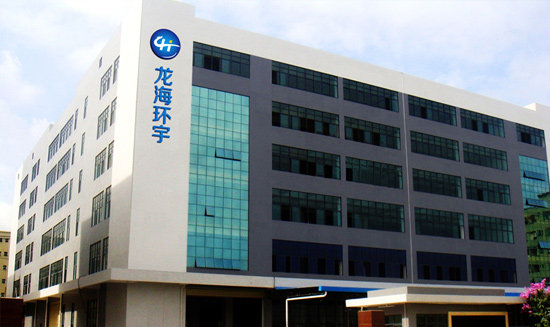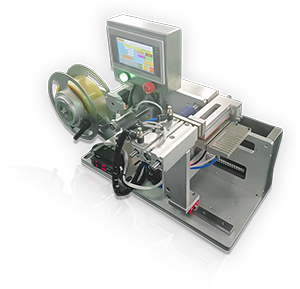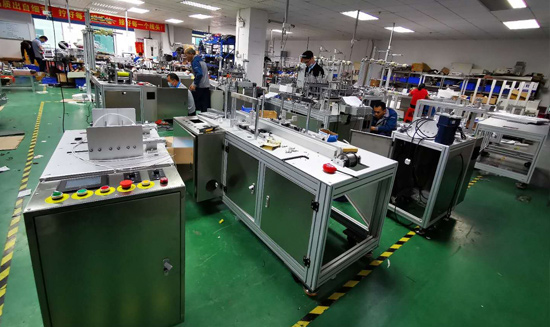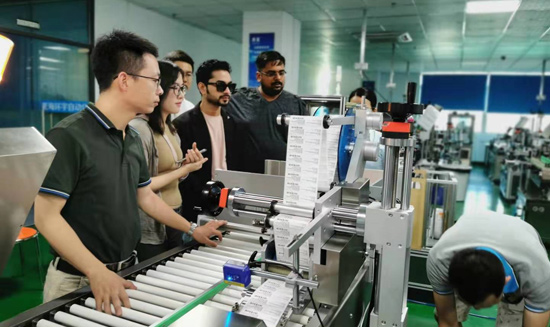回退式飞达供料器解析
一、定义与核心特点
回退式飞达供料器(后撤式标签剥离机)是一种专为卷状或片状标签设计的自动化供料设备,通过反
向剥离技术实现标签与底纸的分离。其核心特点包括:
反向剥离机制:设备运行时标签底纸向后回撤,减少材料拉伸变形,适合高精度场景(如±0.1mm精
度需求)。
模块化设计:支持单层/双侧标签同步剥离,兼容单排、多排标签及不规则片料(如麦拉片、导电胶布)。
智能控制:集成光纤传感器和闭环反馈系统,实时调整送料长度,适配高速生产线(如600件/分钟以上)。
二、典型结构与工作原理
核心组件
驱动系统:伺服电机+精密齿轮组,配合张力控制模块确保材料平整。
传感器定位:光纤传感器检测标签位置,误差控制在±0.1mm以内。
剥离机构:通过回撤底纸实现标签分离,减少静电干扰和褶皱风险。
工作流程
上料:标签卷固定于适配轴(兼容75mm/150mm内径),张力装置自动调节松紧。
剥离:电机驱动底纸回撤,标签被剥离并推送至取料位置,配合机械手精准抓取。
纠偏:视觉系统或传感器实时校准标签位置,确保贴附精度。
三、应用场景与优势
场景 具体应用 技术优势
3C电子制造 手机电池标签、FPC补强片、屏蔽膜等精密辅料贴合,支持多排标签同步剥离。 高刚
性结构设计,抗电磁干扰,适配高速流水线。
医药包装 药品铝箔标签、说明书输送,与视觉系统联动实现±0.1mm级贴标。 无尘化设计,符合
GMP认证要求。
新能源行业 锂电池极耳胶、光伏焊带保护膜的剥离,耐高温材料兼容性(可达80℃)。 防卡料设计,
支持超薄材料(≥0.05mm)。
四、选型与维护建议
选型关键参数
精度:高速场景优先选择闭环控制系统(如龙海环宇LH1406H,精度±0.1mm)。
材料兼容性:厚度<0.1mm的标签需定制真空吸附模块,避免剥离失败。
品牌推荐:
龙海环宇:高精度机型,支持非标定制。
群蚁智能:模块化设计,快速换料(抽拉式滑轨)。
维护要点
日常保养:每周清洁传感器和剥离刀口,防止胶水残留影响精度。
易损件更换:每3-6个月检查同步带和轴承,必要时更换(成本约200-500元/件)。
五、局限性及应对方案
局限性 解决方案
超薄材料(<0.05mm)易褶皱, 增加真空吸附平台或定制硅胶压轮辅助剥离。
长周期运行后精度衰减 定期校准伺服电机编码器,升级固件优化控制算法。
初始成本较高(约1-2万元/台) 选择国产品牌基础机型,逐步升级功能模块。













 微信咨询
微信咨询